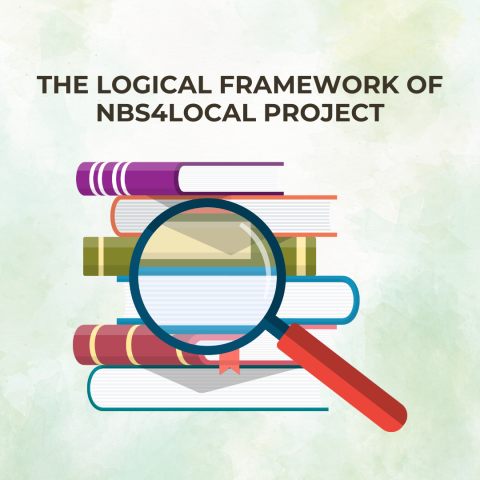Project summary
The aim of the project is to effectively integrate nature-based solutions (NbS) into national or regional policy instruments, ensuring that local authorities view them as viable tools for development. This integration will be supported not only through regulatory measures but also through resource allocation.
Throughout the project, international partners will review policy instruments relevant to their respective regions using the same criteria. Each partner will also gather good practices related to nature-based solutions in their specific areas. These good practices will be aligned with the identified needs in the policy toolbox, fostering mutual learning and knowledge sharing.

The logical framework of NBS4LOCAL project
❓ Can you list the consequences of climate change?
❓ Do you know what climate change adaptation is?
❓ Can you describe the definition of nature-based solutions?
❓ Are you wondering how all these are linked to our project?
Then have a look at our project thematic infographics which will help you to understand the logic behind our project activities and provides a framework for our objectives.
What will this project change
Nature-based solutions
- utilize nature's own resources, and
- provide sustainable, cost-effective methods for ecosystem restoration.
While numerous good practices already exist, they often function as individual solutions or one-time projects rather than being integrated into systematic frameworks embedded in policy instruments.
The main challenge of NBS4LOCAL is to explore how different methodological approaches and solutions can be further developed and aligned with sectoral planning tools. Additionally, the project aims to mainstream NbS through coordination among local governments, enabling the implementation of multifunctional solutions.Currently, there is a lack of quantitative and measurable indicators to monitor and evaluate the progress and effectiveness of NbS agendas. Developing such indicators would establish a foundation for the efficient and systemic application of these solutions.
